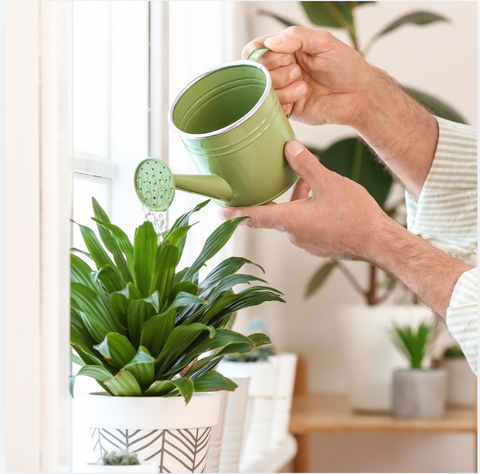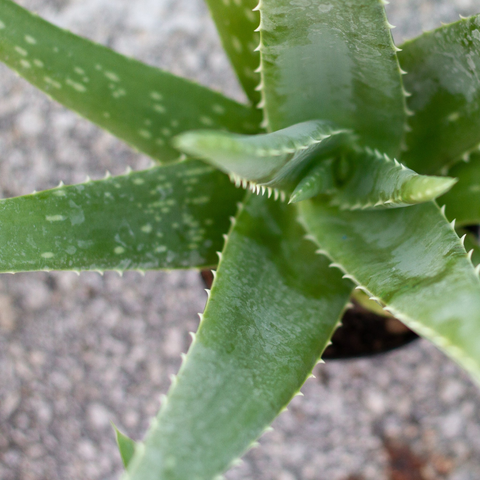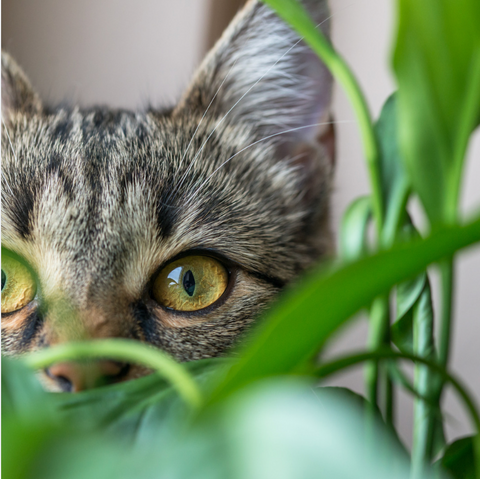Ensuring your plants thrive in extreme heat can be challenging as temperatures soar. Whether you're a seasoned gardener or just starting your plant journey, this guide will provide essential tips and techniques to keep your plants healthy and vibrant even in the hottest conditions.
1. Choose Heat-Resistant Plants
Selecting the right plants is the first step to successful gardening in extreme heat. Look for varieties known for their heat tolerance and drought resistance. Some excellent options include:
- Succulents: Aloe vera, Sedum, and Echeveria are great choices.
- Herbs: Rosemary, thyme, and oregano thrive in hot conditions.
- Flowers: Marigolds, zinnias, and lantanas can withstand high temperatures.
2. Proper Watering Techniques
Watering is crucial during extreme heat, but it's essential to do it correctly to avoid water stress and root rot.
- Water Early or Late: Water your plants early in the morning or late in the evening when temperatures are more relaxed.
This helps reduce evaporation and ensures that the plants absorb more water.
- Deep Watering: Water deeply to encourage roots to grow deeper into the soil, making them more resilient to heat stress.
- Mulching: Apply a layer of mulch around your plants to retain soil moisture and regulate soil temperature.
3. Provide Adequate Shade
Too much direct sunlight can scorch your plants. Use these strategies to provide adequate shade:
- Shade Cloths: Install shade cloths to protect delicate plants from the harsh afternoon sun.
- Natural Shade: Utilize trees, shrubs, or taller plants to shade smaller, more vulnerable plants.
- Move Potted Plants: Relocate potted plants to shaded areas or indoors during peak heat.
4. Soil Management
Healthy soil is the foundation of resilient plants. Improve your soil's ability to retain moisture and nutrients by:
- Adding Organic Matter: Incorporate compost, peat moss, or well-rotted manure to enhance soil structure and water retention.
- Using Moisture Retention Granules: These can help the soil retain moisture for longer periods.
5. Monitor and Adjust Fertilization
Fertilizing during extreme heat requires careful attention:
- Slow-Release Fertilizers: Use slow-release fertilizers to provide a steady supply of nutrients without overloading your plants.
- Avoid Over-Fertilization: Excessive fertilizer can stress plants and make them more susceptible to heat damage.
6. Pest and Disease Control
Extreme heat can attract pests and diseases. Keep an eye out for common issues such as:
Aphids: These small insects can cause significant damage. To control infestations, use insecticidal soap or neem oil.
- Powdery Mildew: Ensure good air circulation around your plants to prevent this fungal disease.
7. Consistent Monitoring and Care
Regularly check your plants for signs of heat stress, such as wilting, yellowing leaves, or stunted growth. Adjust your care routine as needed to address any issues promptly.
Conclusion
Taking care of plants in extreme heat requires thoughtful planning and consistent care. By selecting heat-resistant varieties, implementing proper watering techniques, providing shade, and maintaining healthy soil, you can help your plants thrive even in the hottest conditions. Remember, each plant may have unique needs, so observe and adjust your care routine to keep your garden lush and vibrant all summer.





Comments (0)
There are no comments for this article. Be the first one to leave a message!